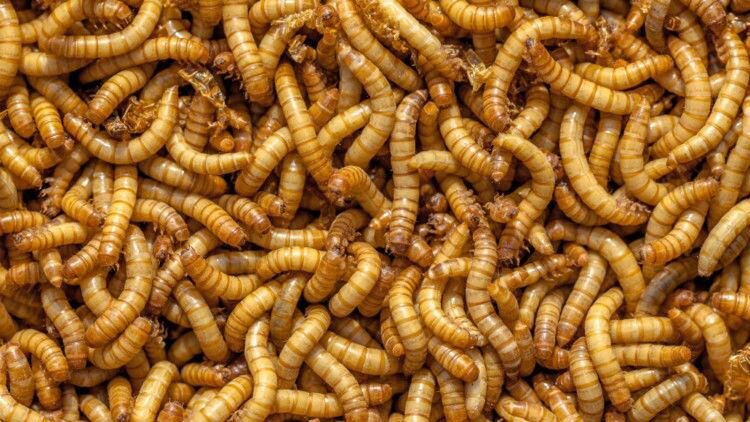Insects as a source of feed promises much, in terms of bioavailability, sustainability and nutrition for animals. But at the same time, there are issues to do with its scalability that must be overcome in order for the start-ups that occupy this field to challenge conventional feed sources, in particular fishmeal.
“We set up in January 2015 on the basis that we would replace fishmeal on a large scale in aquaculture,” said Nick Piggott, chief executive of Nutrition Technologies, a Malaysian insect for feed company based in Johor.
Using soldier fly
The company farms black soldier fly in net houses, and places a strong emphasis on research, which it carries out in conjunction with a university in Vietnam.
It feeds the larvae on human-grade food waste from nearby factories, including soya milk producers and fruit juice plants. Some charge for the removal of these byproducts, while others give them away for free.
“We grow the insects for 10 days and once the larvae are full-sized, we harvest them from the substrate, dry them and grind them into powder and then squeeze out the oil,” Piggott explains.
“What that means is we get a high-protein meal of about 60% and oil products that are high in saturated fats that also contain elements of protein and antimicrobial peptides which is used are an energy source in feed.”
The frass, or excrement, which is left behind has a good organic balance and can be sold as a value-added compost.
More natural?
The nutrients in the meal provide an excellent feed for chickens and pigs, and is comparable to fishmeal in its amino acid and protein profile. It is also much more natural, Piggott claims.
“Insects are what chickens peck for in the ground and pigs snuffle for in the woods. By replacing fishmeal, which neither chickens nor pigs would eat in the wild, with insects, which is what they would eat, we are returning them to their natural diet.”
Selling the insect meal is not a difficult proposition as it is economical and nutritious, but producing sufficient quantities to supply demand is.
“Our feed conversion ratio for our insects is quite high,” said Piggott. “We reckon there is a 6:1-7:1 output conversion ratio, so if we are targeting 100 tonnes a month, we have to find 600 tonnes of input per month. And that is going to be the challenge as we get to a really big scale.”
As a result, Nutrition Technologies is not looking at expanding to new markets; rather it is hoping to open new facilities for the local market in Malaysia and is researching ways to achieve scale.

